

The District Directorate of Education is one of the fifteen (15) decentralized departments under the Assembly. The Directorate is headed by a Director. It superintends teaching and learning at the pre- tertiary level and has seventy-nine (79) Primary Schools, fifty-five (55) Public Junior Secondary Schools and three (3) Senior Secondary Schools. It has thirty-five (35) Public Pre-Schools and fifty (50) Private Pre-Schools.
For easy management and supervision of the schools, the district is divided into seven (7) circuits. Each circuit has about thirteen (13) schools with Dodowa being the largest while Nyigbenya is the smallest.
The district can now boast of good classroom structures with the support of the District Assembly, World Vision - Ghana, and Social Investment Fund, which are still not enough as Government Capitation Policy, has brought about significant increase in enrolment and attendant inadequate furniture at all levels.
DANIDA with the support of Community Water and Sanitation has provided toilet facilities in most of the schools. However, most of our deprived communities lack potable water. There are ninety-four (94) unit teachers’ quarters for teachers in the deprived areas of the district which are woefully inadequate.
Four (4) out of the seven (7) circuits are very deprived and parents find it extremely difficult to provide their children and wards with basic school needs like stationery, school uniforms, to mention but a few.
The district has large tracts of land lying idle waiting for cultivation of rice, sugar cane, banana and vegetables. Due to lack of water for irrigation which requires capital, parents resort to destroying the vegetation for charcoal burning and firewood for sale to earn a living.
Oyster shells abound in the Volivo (Asutsuare) area and there are the ’Osuyo’ hills in the Asutsuare area which could be a tourist attraction. The entire Asutsuare area is surrounded by the Lower Volta where fresh water lobsters are fished. Arable uncultivated land abounds in the Dodowa Circuit, food for mango, sugar cane, and root crops like cassava.
The Ningo and Prampram Circuits respectively, are fishing communities with a lot of unemployed youth. These have beautiful beaches which could be developed. The Doryumu Circuit - the ancestral home of the Shais has a Game Reserve, - which serves as a tourist attraction.
There is the Shai hills which historically, happens to be the first settlement of the ’Shais’ with a lot of stone quarries around. As a result of economic hardships many children are seen dropping out of schools especially girls, some through pregnancy.
Human Resource Development and Basic Services
Education
The district has 3,307 and 15,051 pupils in pre-schools and primary schools respectively. The enrolment figures in the JSS and SSS are 5,215 and 2,399 students respectively. The teacher-pupil ratio for the three levels that make up the basic education level in the district currently stands at 1:29, 1:29 and 1:18 respectively is low as compared to the national average of 1.35 for pre-school and junior and 1:45 for primary school.
This broad pattern notwithstanding, there is shortage of primary school teachers in Old Ningo and Nyigbenya and other places due to the capitation grant and school feeding programme, where the teacher-pupil ratios are higher than the national average for basic schools. The survey revealed that poor staff accommodation and deprivation discouraged teachers from accepting posting into schools in the remote parts. This has led to classes without teachers, a situation that has discouraged enrolment in such areas though the population of children within the ages of 4 -15 is high in the district.
In terms of the condition of the schools in district, the field survey revealed that out of the 203 basic schools in the district over 27 need urgent attention. This is because 6 are in mud and makeshift structures, 9 are in unclad pavilions and uncompleted structures, and 2 are in dilapidated structures. In addition, the survey revealed that 6 schools are in rented premises while 3 run shift because of in adequate number of classrooms. These schools need classrooms in order to promote an effective learning environment. Plate 1.1 and 1.2 show some of the schools in a deplorable state in the district.
Ancillary Facilities
The ancillary facilities covered during the survey of schools were libraries, sickbays and toilets. In the case of senior secondary schools the availability of laboratories, dormitories, computers and kitchen were also surveyed. Table 1.13 presents the number of the various ancillary facilities inventoried under the survey.
Date Created : 11/24/2017 2:50:01 AM
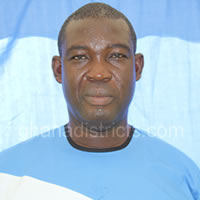

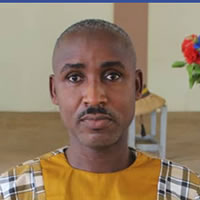

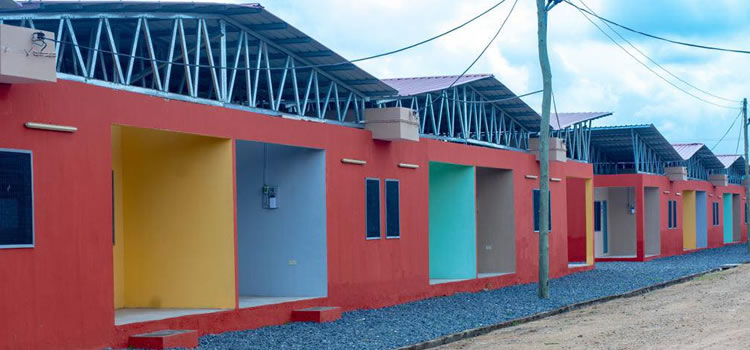
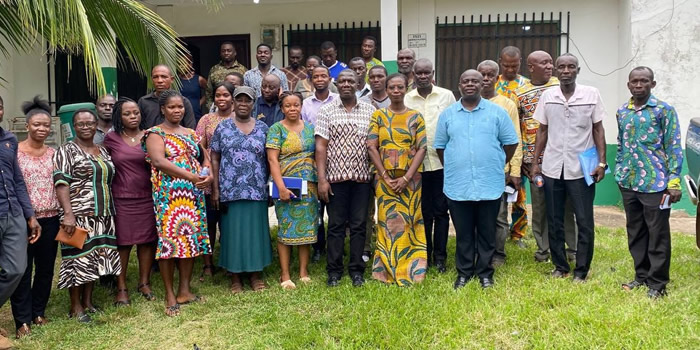

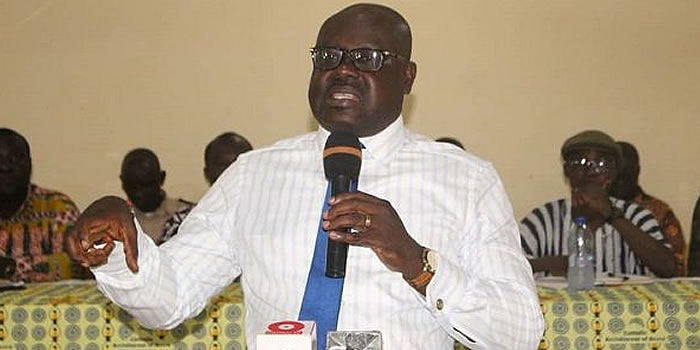



 facebook
facebook
 twitter
twitter
 Youtube
Youtube
 +233 593 831 280
+233 593 831 280 0800 430 430
0800 430 430 GPS: GE-231-4383
GPS: GE-231-4383 info@ghanadistricts.com
info@ghanadistricts.com Box GP1044, Accra, Ghana
Box GP1044, Accra, Ghana